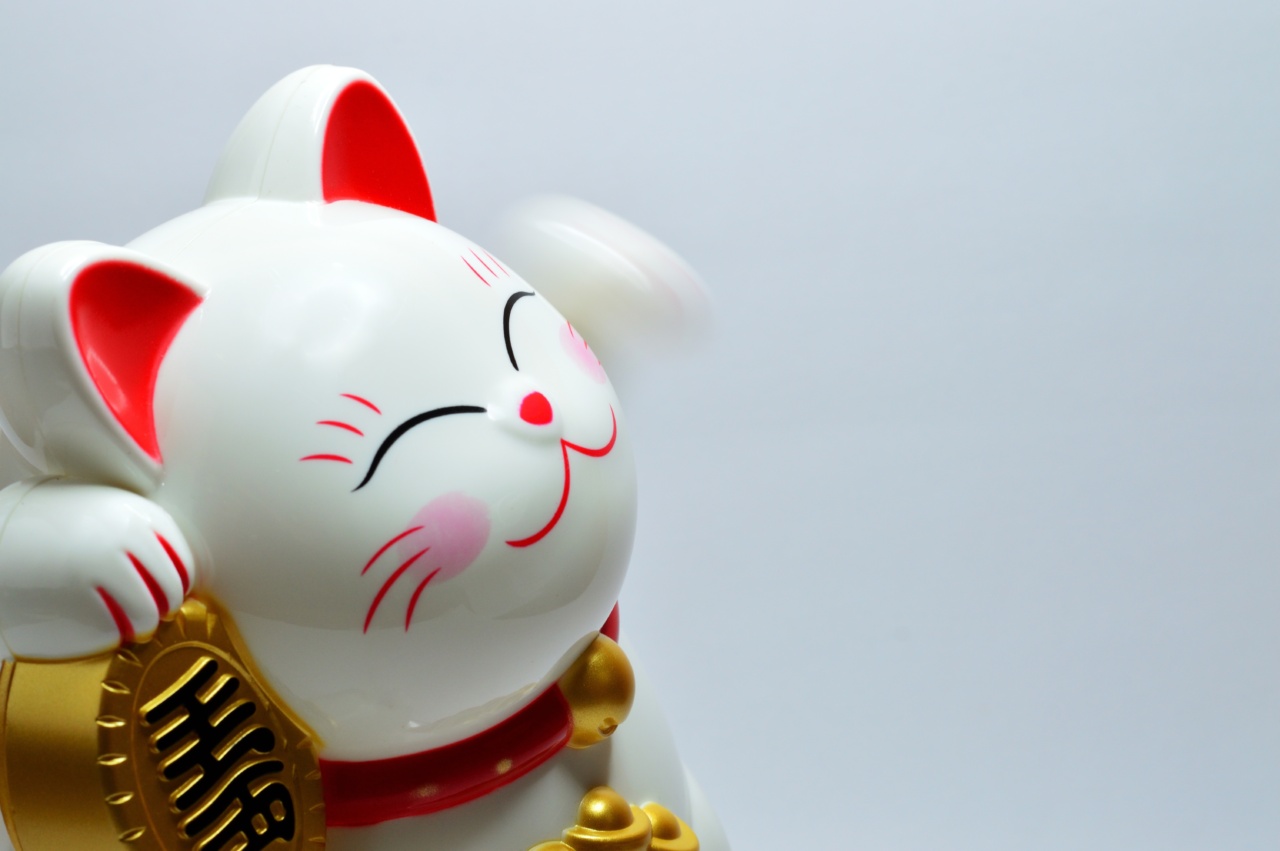Japan is a country that has a unique and distinct culture that has been celebrated for centuries.
They have a way of life that maintains a delicate balance between tradition and modernity, and their cultural practices and values are deeply rooted in science and philosophy. Their customs and beliefs are also practical and purposeful, which makes them so idiosyncratic. In this article, we are going to explore the science behind the Japanese culture and understand why they are so unique.
The Relationship between Nature and Culture
One of the cornerstones of the Japanese culture is the relationship they have with nature. The Japanese believe that nature is a divine force that provides and nurtures life on earth.
As such, they have established a culture that complements nature and allows them to live in harmony with it. They have designed their homes and gardens in a way that they blend with the environment, and they have established rituals and festivals that celebrate nature.
The most notable of these festivals is the Cherry Blossom Festival, which is held to mark the arrival of spring and the blooming of cherry blossoms.
The Japanese people also have a deep appreciation for nature. They believe that every living thing has a purpose, and they strive to find beauty and perfection in all things.
This belief has influenced their aesthetic sense, and it is evident in their art, clothing, and architecture. The Japanese value simplicity, symmetry, and minimalism, and their designs often reflect these philosophies.
For example, in the art of Ikebana, the Japanese art of flower arrangements, the focus is on capturing the essence of nature and creating a harmonious balance between the flowers and their surroundings.
The Role of Discipline and Perseverance
Another aspect of the Japanese culture that sets them apart is their emphasis on discipline and perseverance. The Japanese believe that success comes from hard work and dedication, and they instill this belief in their children from a young age.
They have a saying, “shikata ga nai,” which means “it cannot be helped.” This phrase reflects the Japanese’s acceptance of difficult situations and their willingness to persevere through them.
This philosophy has also influenced their approach to education and the workplace. The Japanese education system is rigorous and demanding, and students are expected to work hard and excel academically.
Similarly, in the workplace, employees are expected to be diligent, punctual, and productive. The Japanese value teamwork and collaboration, and they strive to achieve a common goal through hard work and dedication. This approach has led to Japan’s economic success and their reputation as a diligent and hardworking nation.
The Importance of Respect and Etiquette
The Japanese culture also places great importance on respect and etiquette. The Japanese believe that showing respect to others is essential in building relationships and maintaining harmony.
As such, they have established a set of cultural practices and customs that reflect this philosophy. For example, they bow when greeting each other, and they use honorifics when addressing people of higher status. They also avoid direct confrontation and prioritize peaceful resolution of conflicts.
This emphasis on respect and etiquette is also evident in their tea ceremony, which is a traditional ritual of preparing and serving tea. The tea ceremony is a symbol of Japanese culture, and it embodies their belief in simplicity, purity, and respect.
The ceremony is conducted with great care and attention to detail, and it requires strict adherence to etiquette and protocol.
The Science behind Japanese Cuisine
Japanese cuisine is renowned for its unique flavors and presentation. The Japanese believe that food should not only taste good but also look appealing.
They have a saying, “you eat with your eyes first,” which reflects their belief that the presentation of food is just as important as its taste.
The Japanese cuisine is also heavily influenced by science. They use a unique combination of ingredients that create a balance of flavors and textures.
The use of umami, a savory taste, is also prevalent in Japanese cuisine, and it is achieved by using dashi, a type of fish stock, and other ingredients such as soy sauce, miso, and kelp.
The Japanese also have a unique way of cooking their food, and they have developed a range of cooking techniques that utilize science to create the perfect dish.
For example, they use a technique called sous-vide, which involves cooking food in a vacuum-sealed bag at a low temperature, to attain the perfect texture and flavor. They also use fermentation to create natural preservatives, and they use pickling to preserve food for long periods.
The Art of Japanese Calligraphy
Japanese calligraphy is a unique art form that has been celebrated for centuries. The Japanese believe that calligraphy is a way of expressing one’s thoughts and emotions through the use of brush and ink.
It is also a way of attaining inner peace and tranquility.
Calligraphy has a scientific basis in the Japanese culture. The strokes used in calligraphy are believed to reflect the writer’s state of mind, and they are used to convey emotions and feelings.
The Japanese also believe that calligraphy can be used to promote healing and well-being. They use calligraphy to write inspiring messages and quotes, which they believe have a positive impact on a person’s mental and physical health.
The Role of Technology in Japanese Culture
The Japanese are known for their technological innovation and advancements. They have established themselves as leaders in the field of technology, and their products are celebrated for their quality and precision.
The Japanese culture also embraces technology, and they have incorporated it into their daily lives. They use technology to make their lives more efficient and convenient.
For example, they use robots to perform tasks such as cleaning and cooking, and they use smart devices to control their homes and appliances.
The Japanese also use technology to promote their cultural practices and traditions. They have developed video games and apps that showcase their culture, and they use virtual reality to create immersive cultural experiences.
The Philosophy of Wabi-Sabi
Wabi-Sabi is a unique philosophy that underpins Japanese culture. It is a way of living that celebrates imperfection, transience, and simplicity. The Japanese believe that imperfection is beautiful and that everything has a natural life cycle.
This philosophy has influenced all aspects of Japanese culture, from art and design to the way they live their lives. The Japanese value simplicity and minimalism, and they believe that beauty lies in the natural essence of things.
This philosophy is evident in their architecture, which is characterized by simplicity, earthiness, and asymmetry. It is also evident in their art, which emphasizes the subtle beauty of nature and is often done in monochrome.
Conclusion
The Japanese culture is unique and idiosyncratic, and it is deeply rooted in science and philosophy. From their relationship with nature to their emphasis on discipline and perseverance, the Japanese culture is practical and purposeful.
Their customs and beliefs reflect their values and help them maintain a delicate balance between tradition and modernity. The Japanese culture is an inspiration to others, and it has much to teach us about the beauty and elegance of life.































